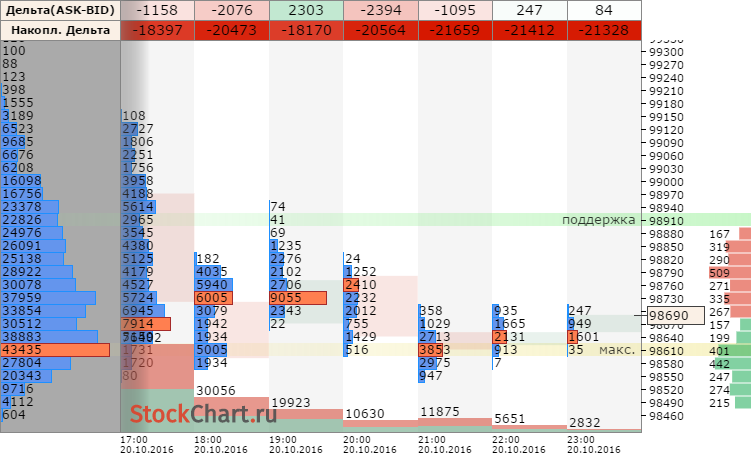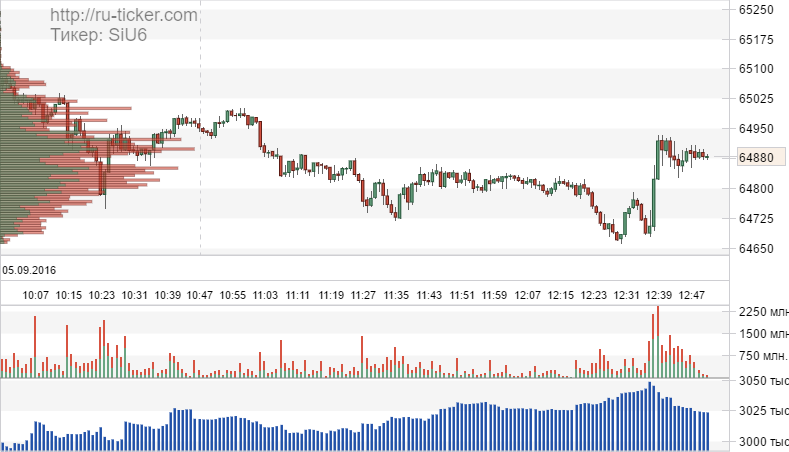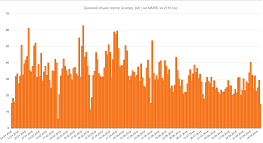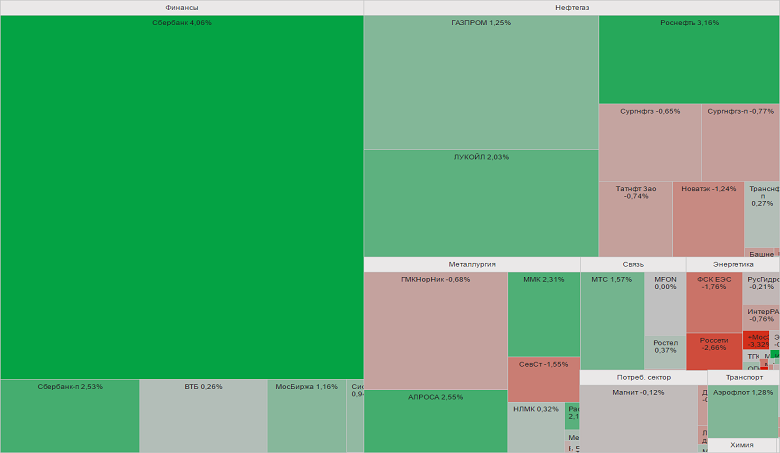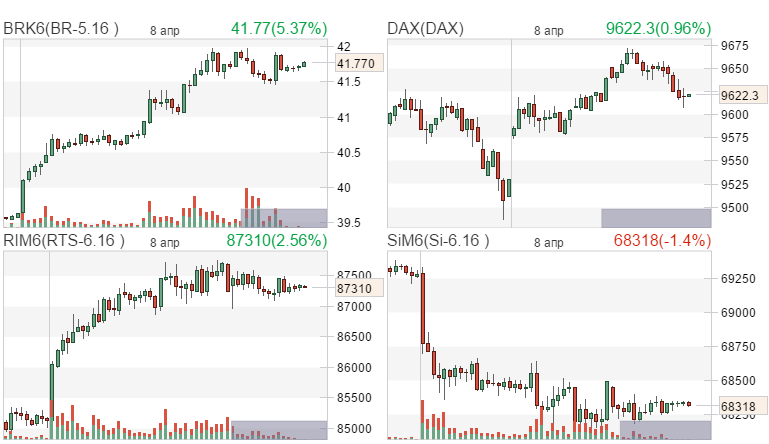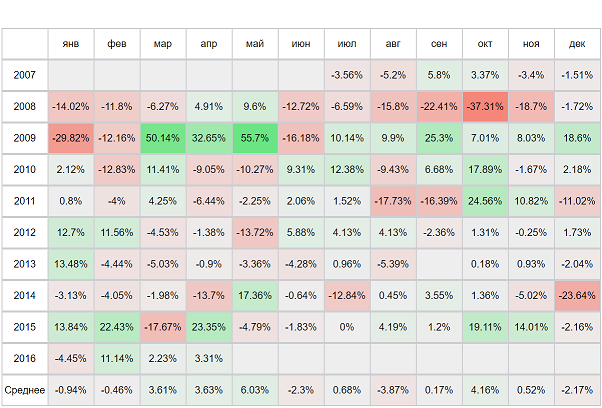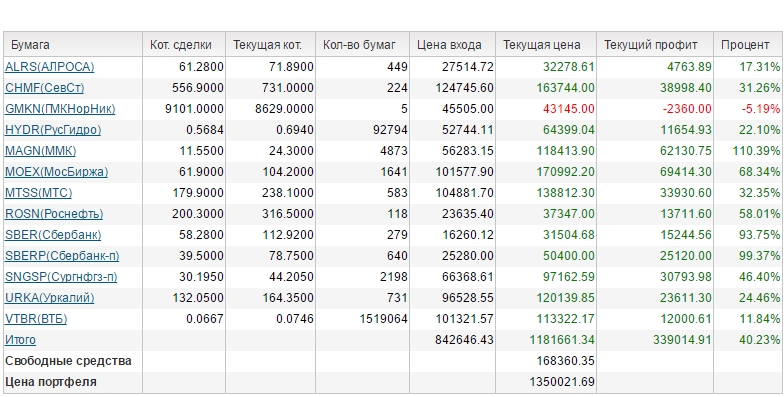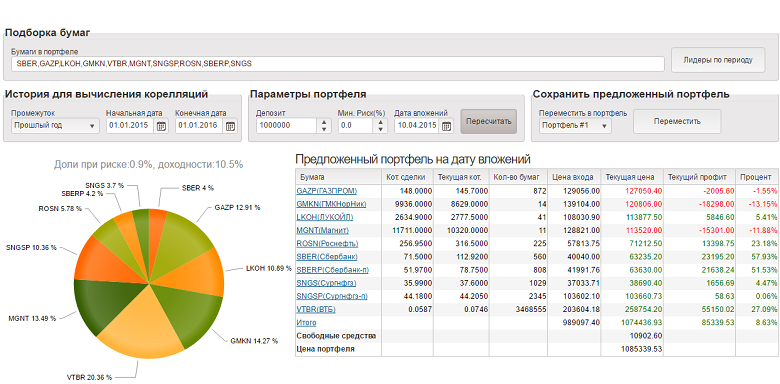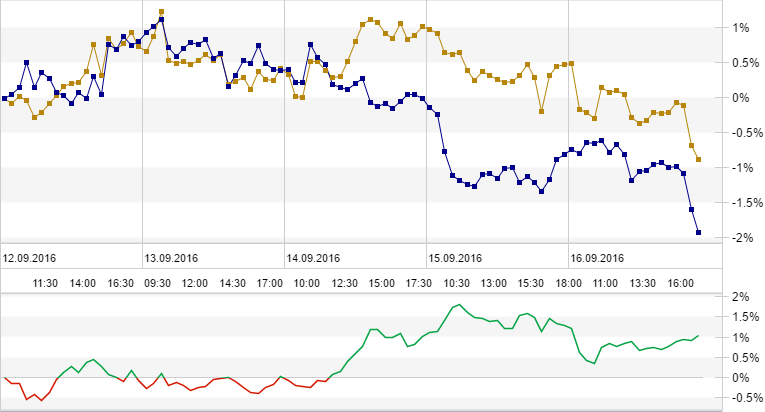 |  |  | |||||||||||
 |
|
||||||||||||
 |  |  | |||||||||||||||
 |
|
||||||||||||||||

Техническая поддержка
ONLINE
 |  |  | |||||||||||||||||
 |
|
||||||||||||||||||
Historian Answers Renaissance Questions | Tech Support | WIRED
ruticker 02.03.2025 23:23:38 Recognized text from YouScriptor channel WIRED
Recognized from a YouTube video by YouScriptor.com, For more details, follow the link Historian Answers Renaissance Questions | Tech Support | WIRED
# Renaissance Q&A with Historian Alex Viaka I'm historian Alex Viaka. Let's answer your questions from the internet about the Renaissance. ## What Actually Is the Renaissance? The European Renaissance is a period in history when scholars and artists rediscovered the culture of classical antiquity of ancient Greece and Rome. They created art inspired by the pagan past. While the Renaissance began in Italy, it soon spread all over Europe. This was also a period of political instability; Italy itself was fragmented, making the Renaissance a time of warfare and great violence. New technologies, such as artillery, were transforming the battlefield, and new ideas, such as those of Martin Luther and the Protestant Reformation, were fragmenting Europe and causing new forms of division and conflict. ## What Event Marks the Beginning of the Renaissance? Great question! For this one, I'm going to need my trusty timeline. The Renaissance is a cultural and intellectual movement, making it hard to pinpoint a single date on which it started. - **1345**: The poet Francesco Petrarch discovers a forgotten manuscript of Cicero in the Verona Cathedral library, starting the race to recover other manuscripts of classical antiquity. - **1453**: Constantinople falls to the Ottoman Empire, marking the beginning of a new era in the Middle East. - **1450s**: The development of movable type and the printing press. - **1492**: Columbus makes his first journey to the Americas. - **1498**: The Portuguese explorer Vasco da Gama arrives in India. - **1517**: Martin Luther makes his protest against the Catholic Church in his 95 Theses, setting off the Protestant Reformation. - **1599**: The Globe Theater in London is built, where Shakespeare staged many of his most important plays. When we periodize history, we usually say that with the end of the 16th century, the Renaissance era ends and the Baroque period begins. By the time we get to the beginning of the Thirty Years' War in 1618, which involves all of Europe, we're definitely not in the Renaissance anymore. ## Why Is the Mona Lisa So Popular? First of all, it's rude to think of the Mona Lisa as the equivalent of a Renaissance pinup. Leonardo's portrait of the wife of a Florentine silk merchant is one he worked on for much of his life. The Gioconda family, who commissioned it, never actually received the painting, which was found in his atelier in France. So why is the Mona Lisa the most famous painting in history? Here are two reasons: 1. **Leonardo's Technique**: Known as *sfumato*, he layered glaze over glaze so that all the different colors blend into each other, leaving no trace of brushwork. This painting was completed after his studies of anatomy, allowing him to understand how the musculature of the lower face works when he gives her that mysterious smile. It's deliberate; Leonardo has his sitter almost completely still, yet she bursts with life. All we want to know is what she's thinking, and that is the power of Leonardo's portraiture. 2. **Accessibility**: If you go to the Louvre, you might be disappointed that you won't get a close encounter with the Mona Lisa because she is so popular. However, if you're ever in Washington, D.C., you can have an encounter with the first woman that Leonardo portrayed, *Genevra de' Benci*, and you can have her probably all to yourself. ## What Were Common People's Diets Like in Renaissance Era Europe? Their diets were pretty terrible. The diet of an ordinary person was based around a staple crop, mostly wheat, which provided the calories needed to get through the day. They would have eaten this in the form of bread or perhaps *gruel*, a kind of porridge made with old bread. Not very exciting or delicious! Even the rich were not eating many of the things we consider characteristic of European cuisine. For example, the tomato, one of the many products that came from the Americas, was not available in Renaissance Europe. Likewise, peppers, corn, squashes, avocados, pineapples, and most depressingly, cacao—so no chocolate in Renaissance Europe! Additionally, coffee was not yet known in Europe. All the achievements of the Renaissance were accomplished without caffeine. Eventually, however, these goods began to trickle in and started to decorate the tables of elite households by the end of the 16th century. In 17th-century art, we see many beautiful still-life paintings depicting these rich and wonderful agricultural products coming into Europe from all over the world. ## What Hidden Message Does Leonardo Da Vinci's *The Last Supper* Have? *The Last Supper* by Leonardo Da Vinci is a fresco found in Milan on a wall of the dining hall of the Dominican Convent of Santa Maria delle Grazie. Many people have read *The Da Vinci Code* and developed conspiracy theories about this painting, specifically thinking that the Apostle John, seated to the right of Jesus Christ, is actually a secret depiction of Mary Magdalene. This is nonsense. The fact that John looks slightly androgynous is characteristic of Leonardo's art; he painted androgynous or gender-fluid young men throughout his career. There's a lot to love about this painting. For one, the use of linear perspective makes a flat surface seem like it has spatial depth, which was not practiced in medieval art. Leonardo centers all the spatial lines in the painting on the face of Jesus Christ. He chooses a specific and dramatic moment to depict: the moment immediately after Christ has said, "One of you will betray me." We see the extraordinary psychological shock that ripples through the group of Apostles as they process this information, with their different responses expressed through hand gestures—except, of course, for Judas, who is leaning forward knowingly. The movements of the body convey the movements of the soul. ## If Social Media Existed in Different Historical Eras, Which Period Would Have the Spiciest Posts? My money is on the Renaissance! The Renaissance is an age of rivalry, first and foremost between different princes and courtiers competing for favor at court. It's also an age of rivalry in the arts. Leonardo da Vinci and Michelangelo famously did not get along when they were commissioned to paint two different walls in the same room in the center of Florence. The Medici family, wealthy bankers and patrons of the arts, sponsored many artists. Lorenzo de' Medici, known as Lorenzo the Magnificent, is famous for living like a Renaissance prince. One of the artists who worked for Lorenzo was Sandro Botticelli, who is famous for *The Birth of Venus*. ## Why of All the Great Sandro Botticelli's Works Is *The Birth of Venus* So Popular? It's true that there are many great paintings by Botticelli, but there’s a good reason that *The Birth of Venus* is one of the most famous. It is quite a sexy painting! Most of Botticelli's earlier works are religious scenes featuring the Virgin Mary and other saints, so this turn to pagan subjects marks a change in the history of art. Venus, the ancient Roman goddess of love, is emerging from the waters fully formed and being welcomed by a gentle breeze. In Renaissance Florence, there were debates about how much nudity was appropriate to display in public places, so a painting like this would definitely have been for the inner rooms of a palace, where only a select number of people could view it. ## Were Teenage Mutant Ninja Turtles Named After Renaissance Artists? That's right! Michelangelo, Donatello, Raphael, and Leonardo. Donatello is slightly earlier than the others and was a sculptor. Michelangelo is both a sculptor and the painter of the Sistine Chapel. Raphael is an exquisite painter who was a contemporary of Michelangelo and Leonardo da Vinci, of course, who is known as a painter, draftsman, and engineer. ## Is It True That During the Renaissance Some Women Used Belladonna in Their Eyes for a Dilated Attractive Effect? Belladonna is a highly toxic plant that was used in the Renaissance, not so much to dilate the pupils as to make the complexion paler. Women in the Renaissance were obsessed with having pale skin and used various means to achieve this, some of which were highly toxic, including lead, mercury, and arsenic. They also bleached their hair because beauty was crucial in a patriarchal world. For many women, their marriage prospects were one of the most important determinants of their lives. When we laugh at them for these efforts, we shouldn't assume they were unaware of the side effects of the products they used. There are indeed examples of women poisoning their husbands with their cosmetics, showing that they were extremely capable of understanding these toxic chemicals and putting them to lethal use. ## More Important to Mankind: Johannes Gutenberg or Steve Gutenberg? No shade to Steve Gutenberg, but I'm going to go with Johannes here. Johannes Gutenberg is associated with one of the most important technological breakthroughs in Renaissance Europe: the printing press. Printing had been known in China for centuries, but it was block printing, not printing with movable type. The key breakthrough was having different characters for each letter made out of lead that could be recombined, making it much more economical to produce many pages of text in a short time. The abundance of paper, which is a Chinese technology, became increasingly common in Europe. The press itself is modeled on a wine press. The very first book made with this new combination of technologies is Gutenberg's Bible, which imitates a medieval manuscript book in every possible way, including having someone hand-decorate the initial letters. In the 50 years following the invention of the printing press, about 6 million books were produced in Europe in around 40,000 editions—probably more books than had been produced in Europe in the preceding millennium. One of the many effects of the printing press can be seen in the Protestant Reformation, which, starting with Luther's thesis of 1517, relied on the ability of reformers to print and distribute their ideas quickly. It almost became a form of Renaissance social media. Without the existence of print, it's hard to imagine that the new ideas of the Reformation would have traveled as widely or reached as many people as they did. ## Was Martin Luther King Jr. Named After Martin Luther? Actually, yes! Martin Luther King Jr.'s father traveled to Germany as a Baptist pastor and was so inspired by what he learned about Martin Luther that he changed his own name and his 5-year-old son's name as well. It's not difficult to see why a Baptist preacher of the 20th century might have been inspired by the figure of the 16th-century Augustinian friar who stood up to the Roman Catholic Church. Luther's Reformation came from a deep spiritual insight: that good deeds and charitable acts do not lead to salvation; rather, it is faith that leads to salvation. This undermined the whole edifice of pilgrimage, indulgences, and all the ways late medieval Christianity told people they could get to heaven. Luther's initial intention was to change the church from within, not to break from it. Over the three years following his first published criticisms in 1517, he realized that schism was inevitable, leading to a great division between Catholics and Protestants, which resulted in wars of religion lasting almost 150 years. ## What's with the Sea Monsters on Old Maps? If you've ever looked at a Renaissance map, such as this one, you'll have noticed figures of fantastical sea monsters. The first thing to consider is that these maps were not made for navigators; they were for people who liked to imagine distant places. Part of the function of the sea monsters is to make these maps beautiful. The sea monsters also reflect ideas people had about the monstrous, a category of thought where people dumped things they couldn't otherwise explain. For example, this map of the Caribbean and coastal South America depicts the Tupinamba people of Brazil wearing feathers and engaging in an act of cannibalism, as Europeans heard that cannibalism was practiced in Brazil, which became one of their most enduring obsessions, even in the relative absence of evidence. ## The Sistine Chapel Is Unbelievable—A Human Did That? Yes, many individuals collaborated to create this splendid place of worship in St. Peter's in Rome. The most famous contributor is Michelangelo, who painted the ceiling and the back wall. Initially skeptical when approached by Pope Julius II to paint the ceiling, Michelangelo was famous for his sculpture, including the *David*. Eventually, he was persuaded and painted a ceiling with scenes from Genesis that remains one of the most astonishing ceiling paintings anywhere. The most famous section of the painting is at the center, depicting God creating Adam. Michelangelo suffered a lot to make this ceiling; he was up on scaffolding. It was once thought that he lay on his back, but we have a doodle he did in the margin of a letter to a friend showing himself standing upright while painting. Decades later, in a different political climate, he was brought back by a different pope to paint the back wall, creating the *Last Judgment*, an extraordinary scene filled with hundreds of bodies. One detail worth noticing is St. Bartholomew holding his own flayed skin, which is thought to be a self-portrait of Michelangelo. ## In a Renaissance Era World, What Resource Would Be Really Important in Trading and Worth Fighting For? We might think of gold or ivory, but the most important resource to consider is spices: cinnamon from Sri Lanka, pepper from the Malabar Coast of India, cloves, and nutmeg from the Spice Islands in Southeast Asia. These were things that could not be produced in Europe and had to be imported at great expense. They were transported across the Indian Ocean by Muslim merchants. When the Portuguese started sailing along the coast of Africa and eventually reached India by 1498, one of their main reasons was to disrupt the spice trade, cutting out the Muslim middlemen and making themselves masters of this trade, which they indeed managed to do. This led to a period of Portuguese domination of the high seas and global trade connecting Europe all the way to Japan. To achieve this, the Portuguese had to make breakthroughs in open-sea navigation. Vasco da Gama sailed out into the open ocean to be brought back by the currents, which is also how Europeans first ended up in Brazil when they sailed a little too far off the coast of Africa. This context sets the stage for Columbus's voyage in 1492 and his subsequent journeys, marking the beginning of a new era of colonialism. ## What Is Inside Leonardo Da Vinci's Notebook? Da Vinci's notebooks are, to my mind, as much of a masterpiece as his paintings. He used them to record observations. Leonardo participated in dissections, studying all the organs of the human body, including a uterus with a dead fetus inside it. He believed that the human body was a microcosm of the universe, a concept best expressed in his famous drawing of the *Vitruvian Man*, inspired by a passage in the Roman architect Vitruvius's book. Vitruvius states that the ideal human body can fit both in the perimeter of a circle and a square centered at its navel. Because the Renaissance was a time of warfare, Leonardo spent a lot of time imagining war machines, designing tanks, siege weapons, and other machinery, most of which was never realized. When he encountered real warfare, he found it terrible. Leonardo was also interested in the flight of birds and applied his insights to devise a flying machine for humans, mostly based on flapping mechanisms. Later in life, he designed some gliders as well, but most of these machines were never realized. We should think of them less as inventions and more as thought experiments, ways of trying to understand aerodynamics. Leonardo's notebooks are written in a peculiar way, from right to left, in something we call mirror script. Some have thought this was a way for Leonardo to conceal what he was writing, but it has a simpler explanation: Leonardo was left-handed, and writing from left to right would have smudged the ink on every line he wrote. So, he solved the problem by writing in the other direction. ## Was Leonardo Da Vinci Wealthy by the Standards of the Day? Leonardo was not born wealthy. He was the legitimate son of a small-town notary and, as a child, was an apprentice in a painter's workshop in Florence, where he learned his craft. A great way for a scholar or artist to make a living in the Renaissance was to receive the patronage of a prince. Leonardo eventually moved to Milan and sought the patronage of the de facto ruler of Milan. He wrote a letter, which we still have, that reads like a cover letter or resume today, listing all the things he could do. Nine out of ten points pertained to military engineering, as the Renaissance was a time of warfare. He claimed he could make astonishing machines for siege warfare that would help the ruler become more powerful. At the very end of the letter, he casually added that he could paint as well as anyone else. ## Does Anyone Know Why Tupac Kept Referencing Machiavelli in His Music? Tupac Shakur is just one of many admirers of Niccolò Machiavelli, the Florentine diplomat and historian. # Renaissance Q&A with Historian Alex Viaka I'm historian Alex Viaka. Let's answer your questions from the internet about the Renaissance. ## Who Was Machiavelli and What Was His Main Argument? Niccolò Machiavelli was a historian and politician who became famous for his short book called *The Prince*. His main argument is that a ruler must be willing to be beastly and do immoral things to hold on to power. In fact, even today, the adjective "Machiavellian" indicates someone who will go to any lengths to achieve their goals. However, Machiavelli was a more careful thinker than that. He was not advocating for a free pass on immoral behavior; rather, he was concerned with the fragility of politics in Italy during his time and was trying to offer a solution for maintaining stability. ## Did Machiavelli and Leonardo Da Vinci Really Team Up? Yes! This is the Renaissance equivalent of a superhero crossover. Machiavelli and Leonardo were in Florence at the same time in the early 1500s, both serving the city government in different capacities. They collaborated on a project to reroute the Arno River, which flows from Florence towards the Mediterranean Sea through the port city of Pisa. Pisa had rebelled against Florentine rule, and to punish it, Machiavelli and Leonardo thought it might be possible to undertake a gigantic hydraulic engineering project. In the end, the project proved beyond the capacities of the Florentines and was abandoned. ## What Should I Wear to the Renaissance Fair? If you want to go to the Renaissance Fair and be historically accurate, here are some things to keep in mind: - **Fabrics**: Choose fabrics that were available in the Renaissance. Cotton was not widely available in Europe until centuries later. Wool, in particular, made the fortunes of places like England and Florence, which processed it into fine textiles. Wealthy individuals wore fine materials, such as wool shot through with silver thread or fine velvets and embroideries. - **Dyes**: Ordinary people might save money on fabrics but not on dyes. For example, red could be obtained from *madder*, a cheaper dye, while the wealthy would use *kermes*, which creates a brilliant crimson. The same is true for blue, which could be produced with *woad*, a cheaper dye, or imported *indigo*, which makes a very brilliant blue. - **Social Identity**: People expressed their social identity through what they wore. A friar looked different from a duchess, who in turn looked different from a merchant. There was anxiety about changing clothes, as it could confuse people about one's identity, leading to sumptuary laws to regulate clothing. These laws aimed to curb luxury and prevent especially women from overdoing it, though they were often ineffective. ## Was Leonardo Da Vinci Gay? Leonardo's sexuality has been speculated about for centuries. He surrounded himself with attractive young men and was himself a very pleasing and elegant person. It is said that he walked the streets of Florence in rose pink. Leonardo never married, and when he died, he left his property to some of these friends, suggesting that these relationships were intimate. While this was not unconventional in Florence at the time, especially for an older man to have an intimate relationship with a younger one, it is important to note that there was no concept of homosexuality as we understand it today. ## Why Is Copernicus Considered the Father of Astronomy? Nicolaus Copernicus is considered the father of modern astronomy—not of all astronomy. He theorized that the Sun, not the Earth, was at the center of the solar system. Until that moment, the predominant theory was that the Earth was at the center of the universe, surrounded by the Sun and planets on fixed orbits known as spheres. Copernicus's model, published on his deathbed in 1543, contained a diagram showing the Sun at the center. The heliocentric model was shocking because it displaced the Earth and humanity from the center of a perfect universe to being just one planet in an imperfect one. The geocentric model lasted so long because it corresponded to the way the world is described in the Bible. In the 17th century, Galileo famously said that religion teaches you how to go to heaven, not how heaven goes. ## What Do You Think About the Fall of Constantinople? The city of Constantinople fell to the Ottoman Army in 1453, ending the Eastern Roman or Byzantine Empire and a legacy that goes back to ancient Rome. The Byzantine Empire was already weakened and had lost many territories to the growing Ottoman Empire. The city was conquered using all the technology of siege warfare, including tunnels and cannons, and a very large Ottoman Army. After less than two months, the city was overpowered. However, this was not the end for Constantinople; it flourished as the capital of the Ottoman Empire, known today as Istanbul. The Ottomans saw themselves as the inheritors of Rome, calling themselves *Rumî*, or Romans, because they had conquered Rome. ## How Did Brunelleschi Build a Dome That Defied Gravity? Filippo Brunelleschi designed the gigantic dome of the Florentine Cathedral, which is still the largest masonry dome in the world. It expresses the ambition of a city newly rich from trade. Brunelleschi faced a huge engineering challenge with the octagonal space for the dome. To prevent it from buckling under its own weight, he surrounded it with what could be considered barrel hoops—a series of rings inside that hold it together and absorb pressure. He actually built two domes: an inner dome and an outer dome, making it much lighter. One of the big challenges was how to support it while being built. He studied ancient Roman architecture and noticed that they laid brick in a herringbone pattern, which is much stronger than laying bricks flat. This technique allowed the brickwork to sustain itself until they could connect it at the top of the dome. ## Was Renaissance European Hygiene Really as Bad as Some Say? This is a slightly unfair picture of the Renaissance world. People cared a lot about beautiful scents, buying expensive perfumes and seeking exotic goods for pleasant sensations. They believed that disease could be transmitted through something called a *miasma*, essentially a bad smell. Therefore, smell was very important in the Renaissance as it conveyed information about health. The wealthy could surround themselves with fragrant gardens and enjoy a much more fragrant lifestyle. ## Did People Before the Age of Modern Dentistry All Have Bad Teeth? In the Renaissance, people cared about having beautiful teeth much like we do today. There were no dentists, however. If you needed a tooth pulled, you went to your neighborhood barber, who was also your surgeon. In an era before modern anesthesia, the best surgeon was the fastest one, and the best dentist was the one who could pull your aching tooth the quickest and with the least pain. Even in antiquity, people were making dentures and bridges to improve smiles and hide gaps in their teeth. In the Renaissance, barber-surgeons, like Ambroise Paré, made dentures for the French King Charles IX out of gold and silver. ## Was Shakespeare Real? Yes, Shakespeare was a real person and the author of the plays attributed to him. There is plenty of evidence of Shakespeare's existence, and no reason to believe he is not the author of the plays. When we think of the Renaissance, we often focus on Italy, but the ideas of the Renaissance quickly spread all over Europe. Shakespeare took inspiration from Italy and set some of his most famous plays there. The Renaissance was not just an Italian phenomenon; it was a moment of cultural creativity and new ideas that changed urban civilization across the European continent. Thank you for watching!
Залогинтесь, что бы оставить свой комментарий

